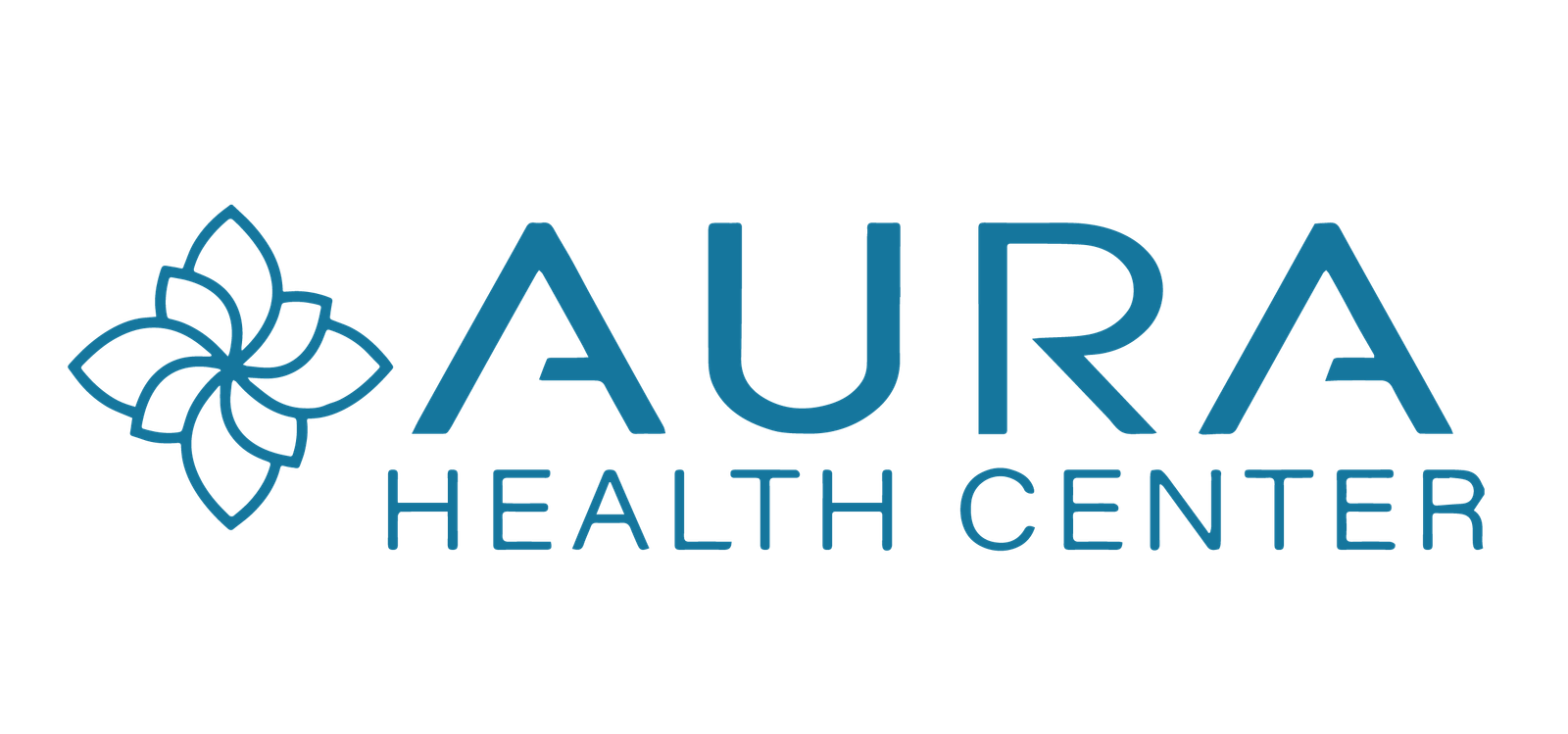The Abdominoplasty, commonly known as a Tummy Tuck, is a procedure designed to reshape and contour a patient’s belly. It provides an effective solution for patients who, despite maintaining a healthy diet and engaging in regular exercise, find themselves grappling with a protruding tummy or the presence of loose, sagging skin in the abdominal region.

Helps to remove excess skin resulting from weight loss, past pregnancies, or sagging tissues. It also works on stubborn fat deposits that do not respond adequately to diet and exercise and helps correct a prominent abdomen by strengthening the muscles of the abdominal wall by eliminating excess skin and also helping to reduce abdominal stretch marks.
The patient is placed under general anesthesia or sedation. Then the Doctor makes a horizontal incision between the pubic line and the navel.
After lifting the skin along the incision, the repairing of musculature start, making a second incision across the excess skin to remove it, then pulls down the upper skin flap to meet the lower abdomen and creates an opening for the navel. Sutures, tapes, and other surgical tools are used to allow the incision to close. The end result is an aesthetic, flatter, and firmer belly.
Abdominoplasty with or without circumferential liposuction are always performed in the operating room, within a clinic, under strict aseptic conditions.
When undergoing this procedure, the primary anesthesia employed is general anesthesia. Under this type of anesthesia, the patient remains in a state of sleep throughout the entire surgery. However, in specific cases, particularly in procedures like abdominal liposuction, an alternative option is epidural anesthesia. This allows the patient to be awake but in a relaxed state, while ensuring the abdominal region is entirely insensitive to pain during the intervention. The choice between general and epidural anesthesia is carefully considered based on the individual’s specific needs and the nature of the procedure.
Is essential to wear compression garments during the recovery phase. These garments aid in minimizing swelling and provide crucial support to the healing abdomen. To manage any potential accumulation of excess blood or fluid near the incisions, a drainage system is strategically placed.
The doctor will offer detailed instructions regarding aftercare following the procedure. In the initial days post-surgery, some swelling and discomfort may be experienced. However, these symptoms can be effectively managed with prescribed medication. Depending on the extent of the surgery, patients may be discharged within a few hours or may require hospitalization for 1 to 2 days.
During the early recovery period, it is advisable to avoid strenuous physical activities, although walking is encouraged for its positive impact. The removal of external skin sutures typically takes place between 7 and 21 days after the procedure, with suction drainage removal scheduled approximately one week later. The team will guide patients through the recovery process to ensure a smooth and successful healing journey.
In the immediate postoperative phase, patients may experience moderate pain, which can be effectively alleviated with analgesics.
During the first 48 hours, there might be minimal bleeding and/or a sero-bloody discharge from the incision site.
In the initial 48 hours following the procedure, a slight increase in temperature (up to 38º C) may be observed.
Swelling in the abdomen and pubic region is normal, gradually subsiding and typically disappearing by the third week.
Minor bruises in the abdominal region may develop, but these typically fade away around the fourth week.
During the postoperative period, sensitivity in the abdomen may decrease initially, gradually normalizing over time. It’s important to note that these symptoms are part of the normal recovery process, and Aura team members will provide guidance on managing and monitoring them effectively
While numerous abdominoplasty procedures are executed successfully, it’s natural for patients to harbor concerns about the process. Optimal results are typically achieved when the surgery is performed by a qualified and experienced surgeon. Seeking professional expertise is crucial. Like any surgical procedure, abdominoplasty does carry inherent risks and potential complications. Infection and venous thrombi are among the infrequent complications, with infections generally addressed through antibiotics and drainage, and venous thrombi potentially prevented by early post-surgery leg movement.
In cases of poor healing, there’s a possibility of developing a noticeable scar that may necessitate surgical correction. However, adhering meticulously to the surgeon’s pre and postoperative instructions, particularly those pertaining to the resumption of physical activity, can significantly mitigate these risks. It’s imperative for patients to remain informed and closely follow the guidance provided by their surgeon to enhance the overall safety and success of the procedure.
The finish result of an Abdominoplasty takes a full year and is a youthful-looking abdomen, flat, firm skin, an aesthetic navel, a more accentuated waist, and the disappearance of stretch marks. In most cases, the results are definitive, as long as they are accompanied by a balanced diet and regular exercise.
High Quality Procedures For You
Contact us
Still have questions? Contact us for aditional information
Call us to this number for immediate support
MEX: +52 664 634 7181
US: +1 619 500 7750

